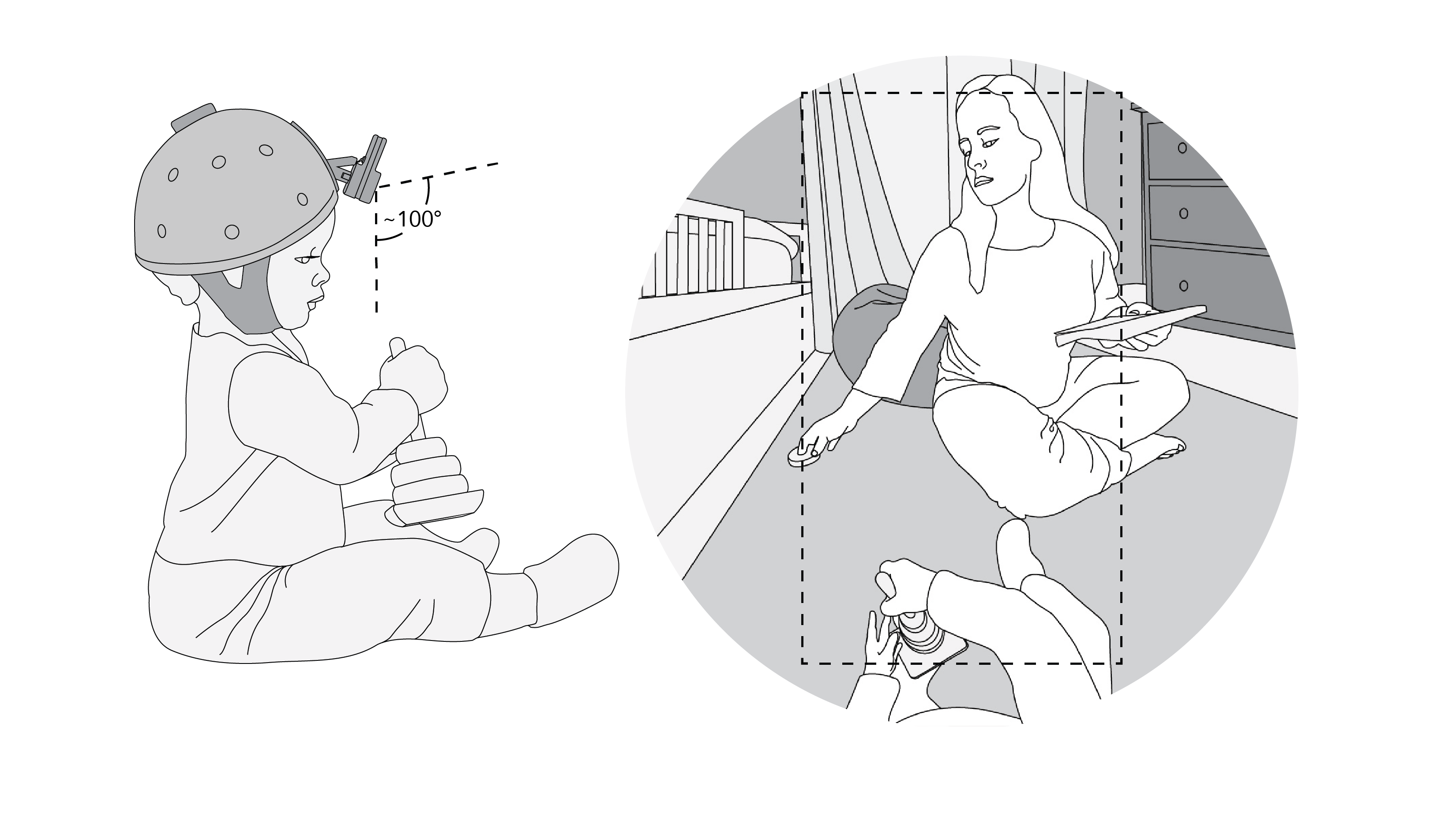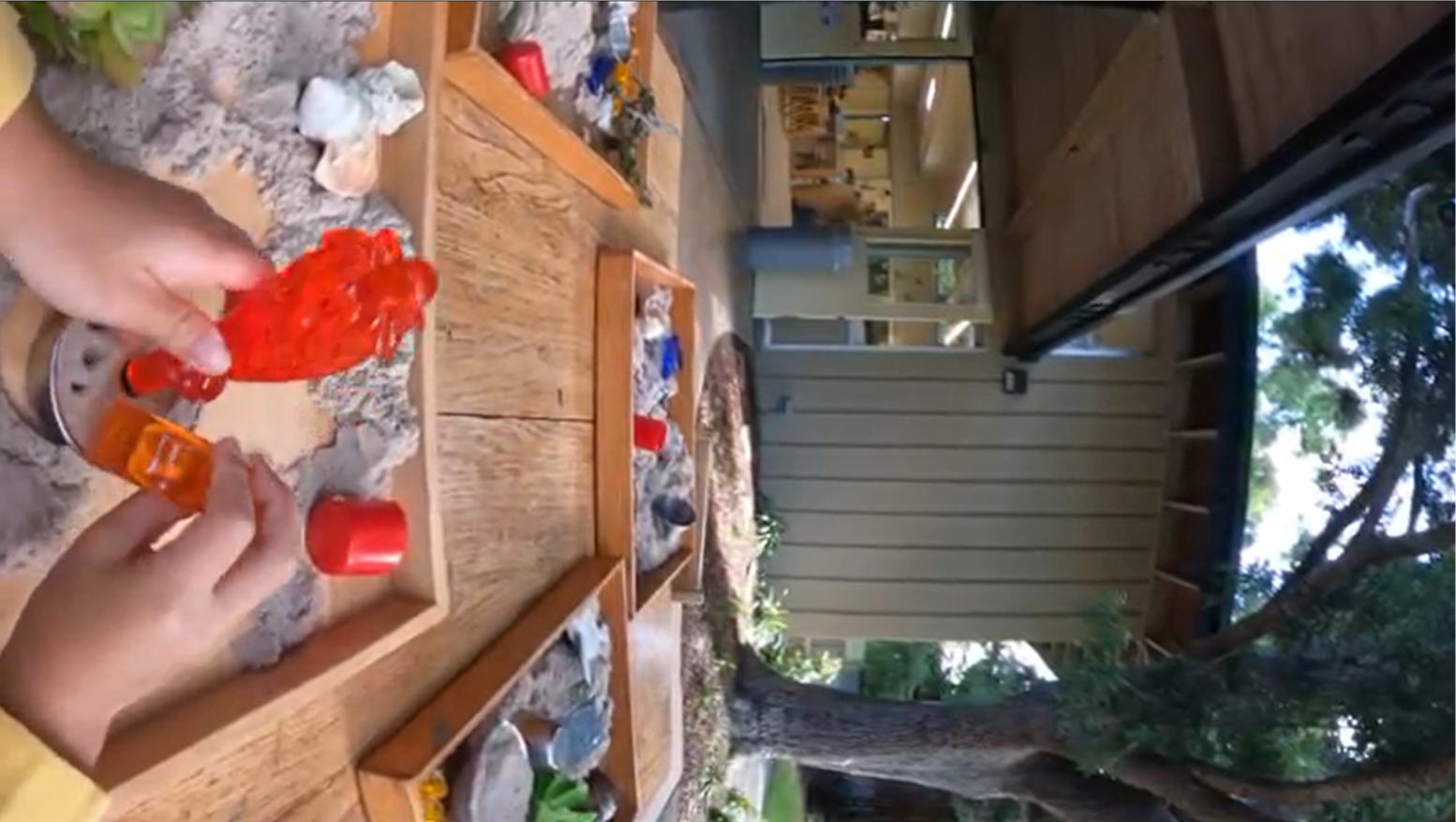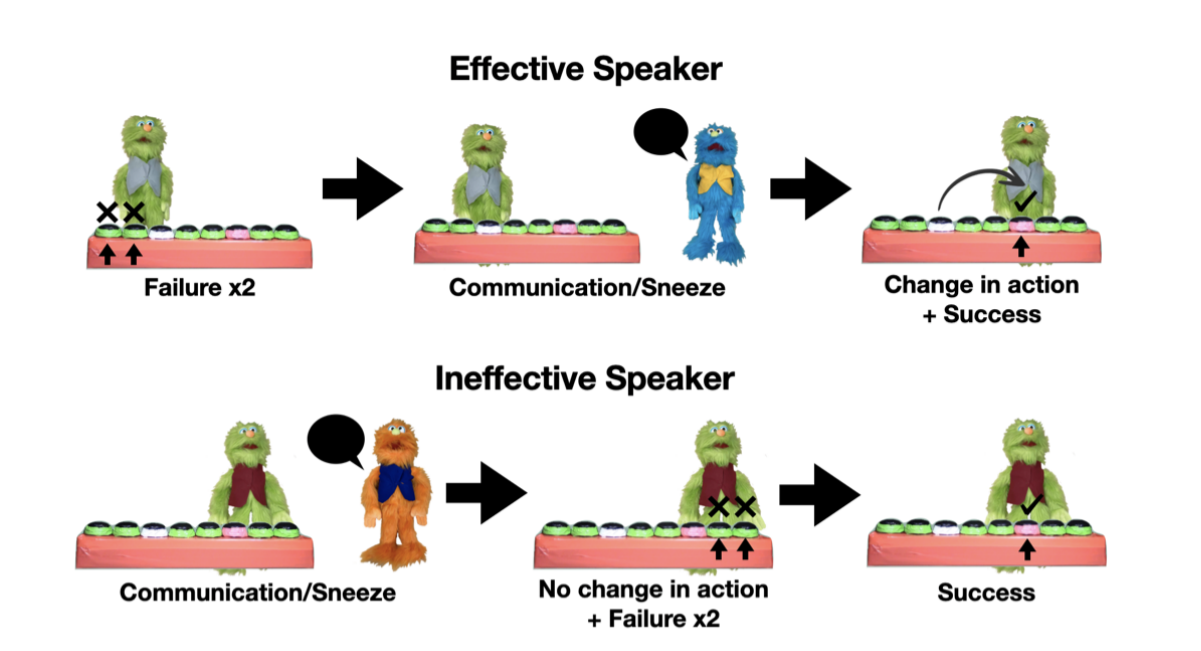Learning Variability Network Exchange
In Collaboration with: Dr. Michael Frank and the Stanford LEVANTE Team
LEVANTE
The Learning Variability Network Exchange (LEVANTE) aims to offer researchers the tools to help identify sources of variability in how children learn and develop. By bringing together a global cohort of researchers, LEVANTE will create a cross-cultural open dataset that can be studied to understand the immense diversity in developmental experience.
The primary research aims of LEVANTE include estimating contextual moderation of developmental outcomes, estimating the effects of within-individual variability on developmental outcomes, and characterizing the structure of variability within and across diverse contexts.
I am a member of the Data Coordination Center at Stanford University, where I assist in the implementation and maintenance of the LEVANTE measures and data.

Capturing Children's Early Learning Environments
In Collaboration with: Dr. Bria Long, Dr. Michael C. Frank, Dr. Virginia Marchman

BabyView Project
The BabyView Camera is a professionally designed child-safety helmet with an attached Go-Pro designed to capture an egocentric view of children's early learning environments. I am a project manager on a longitudinal study that collects high-resolution, at-home egocentric video data from children 6-30 months over a 2-year period. Using this data we can concurrently analyze the statistics of a child's naturalistic visual and auditory input and track changes in these inputs with the child's developmental trajectory. This rich data allows us to quantify variation in children's early ecology and build models that help us understand how the child's ecology scaffolds early learning.
Design documentation, assembly instructions, and participant instructions can be found at https://osf.io/kwvxu/.
Long, B., Kachergis, G., Marchman, V. A., Radwan, S. F., Sparks, R. Z., Xiang, V., Zhuang, C., Hsu, O., Newman, B., Yamins, D. L. K., & Frank, M. C. (2023). The BabyView Camera: Designing a New Head-mounted Camera to Capture Children’s Early Social and Visual Environments. Behavior Research Methods. https://doi.org/10.3758/s13428-023-02206-1PreSchool ChildView
One challenge in attempting to quantify children's everyday contexts is capturing naturalistic accounts of ecologically viable contexts outside of the home. As an extension of the BabyView Longitudinal Study, I also manage a project where I collect egocentric video data of children's naturalistic preschool classroom environment for children 3-5 years-old. This data set aims to collect naturalistic accounts of child-led play, exploration, and social interactions in the classroom context. Using this data we can analyze similar statistics of visual and auditory input and also analyze novel first-person accounts of naturalistic child-child and child-teacher interactions.
Ultimately, our goal is to make a publicly available (for authorized researchers) dataset comprised of video data from both BabyView and ChildView Projects.
Sparks, R. Z., Long, B., Keene, G. E., Perez, M. J., Tan, A. W. M., Marchman, V. A., & Frank, M. C. (2024). Characterizing Contextual Variation in Children’s Preschool Language Environment Using Naturalistic Egocentric Videos. Proceedings of the 46th Annual Conference of the Cognitive Science Society.
Inferring Knowledge from Communication
In Collaboration with: Aaron Chuey and Dr. Hyowon Gweon

Identifying Knowledgeable Speakers Using Causal Influence
How can we learn from observing communicative exchanges? Prior work has explored children's understanding of how speakers can influence listeners' beliefs and behaviors. This work asks whether children make knowledge inferences about a speaker using their causal influence over listeners. Across 3 studies, we test whether children are sensitive to changes in the outcomes of a listener's behavior (1), changes in a listener's behavior (2), and whether a speaker spoke or sneezed (3) as evidence for identifying knowledgeable speakers. We find that by 5 years-old, children can reason causally about the consequences of communication in order to infer the knowledge of a speaker. Future work could aim to explore (1) more complex multi-party inferences made in these social contexts and (2) implications for these abilities in pedagogical contexts where knowledge-inferences may support children's ability to assess and learn from knowledgeable informants.
Study materials (videos & stimuli) and data can be found at https://osf.io/derxp/.
Chuey, A., Sparks, R. Z., & Gweon, H. (2023). Young children can identify knowledgeable speakers from their causal influence over listeners. Proceedings of the 45th Annual Conference of the Cognitive Science Society, 230235.Sparks, R. Z., Chuey, A., & Gweon, H. (2022). Preschool-Aged Children Can Infer What Speakers Know Based on How They Influence Others. In Stanford Digital Repository. https://doi.org/10.25740/xx316hn9817
